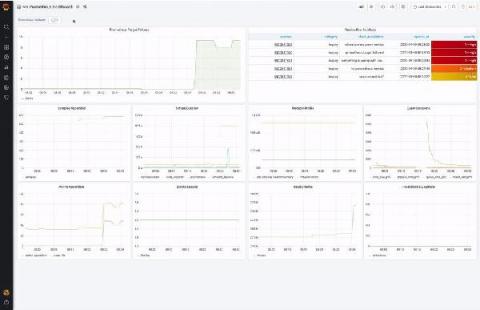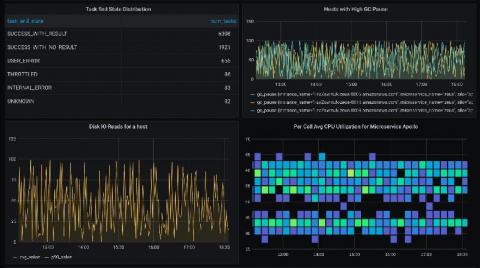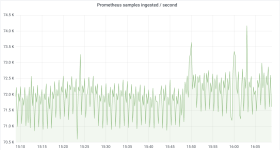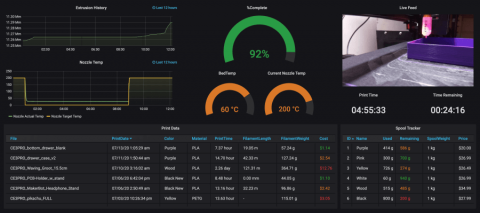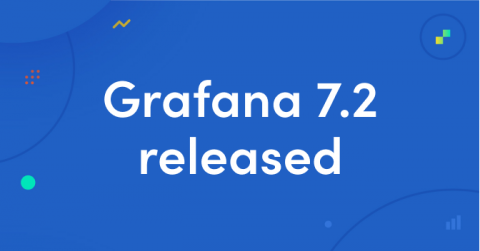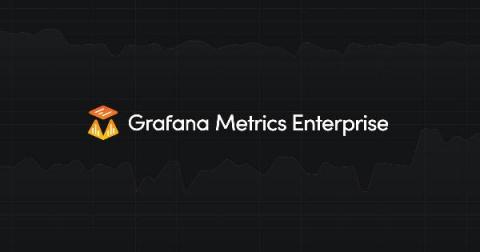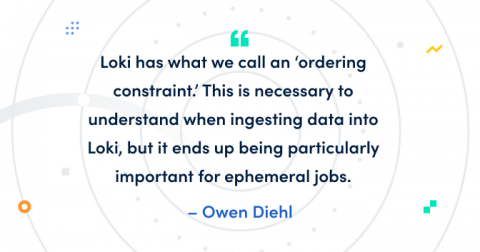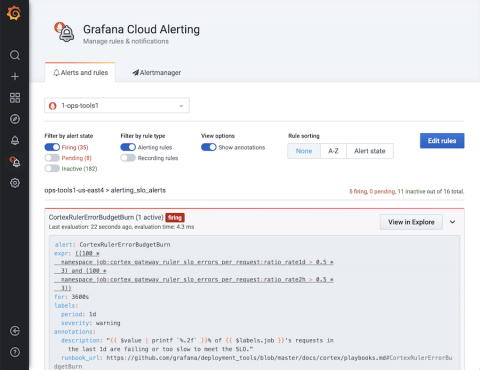New features in the ServiceNow plugin for Grafana: table query, annotations, and more!
Greetings! This is Eldin reporting from the Solutions Engineering team at Grafana Labs. In previous posts, you might have read about announcing ObservabilityCON or our release of Grafana 7.2. In this week’s post, I am introducing Dave Frankel, who will be covering our updated ServiceNow plugin. – Eldin In a previous post we announced the release of our Enterprise ServiceNow plugin. Our first release was focused around incident and change management based on the feedback we received.


